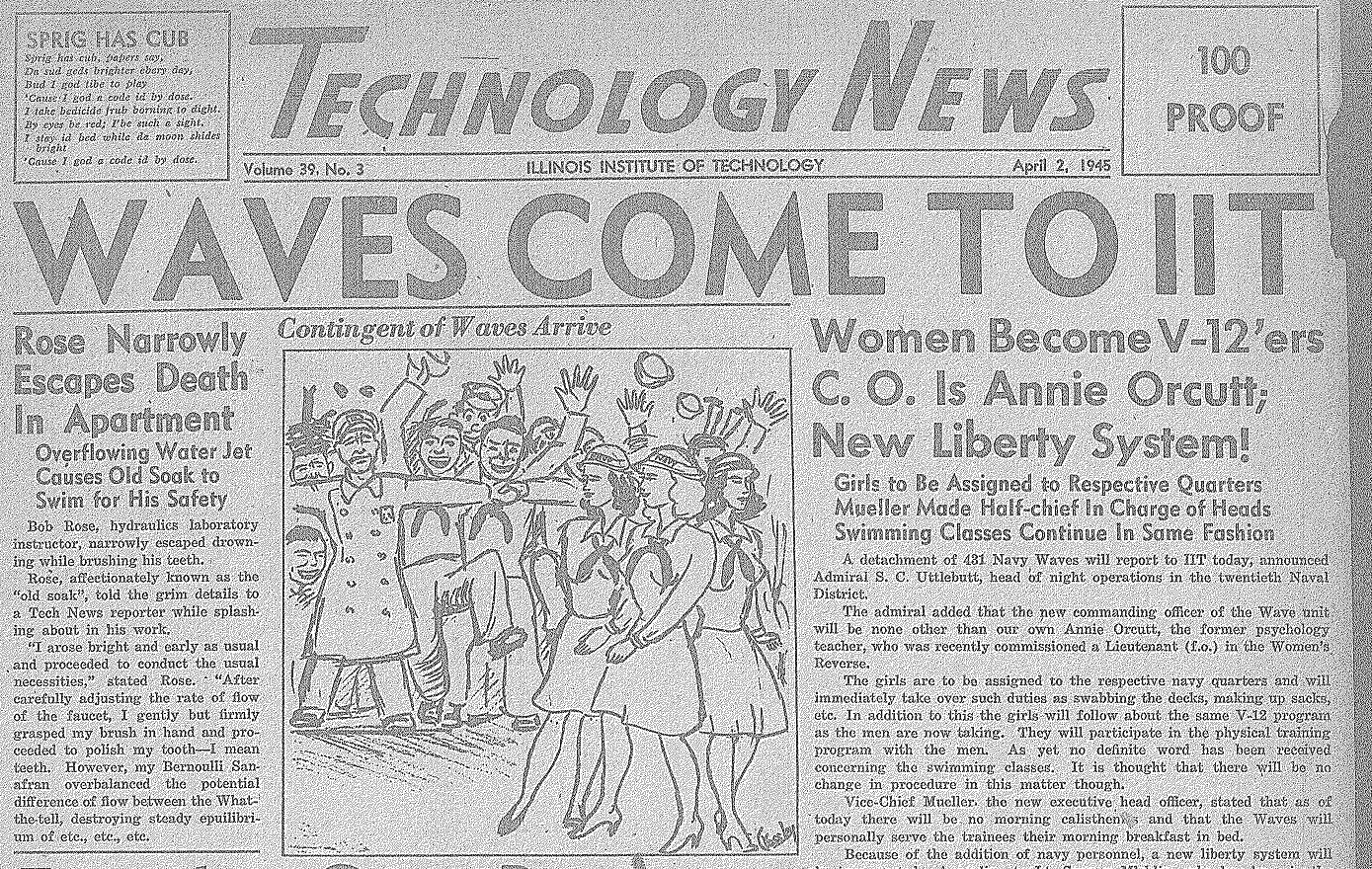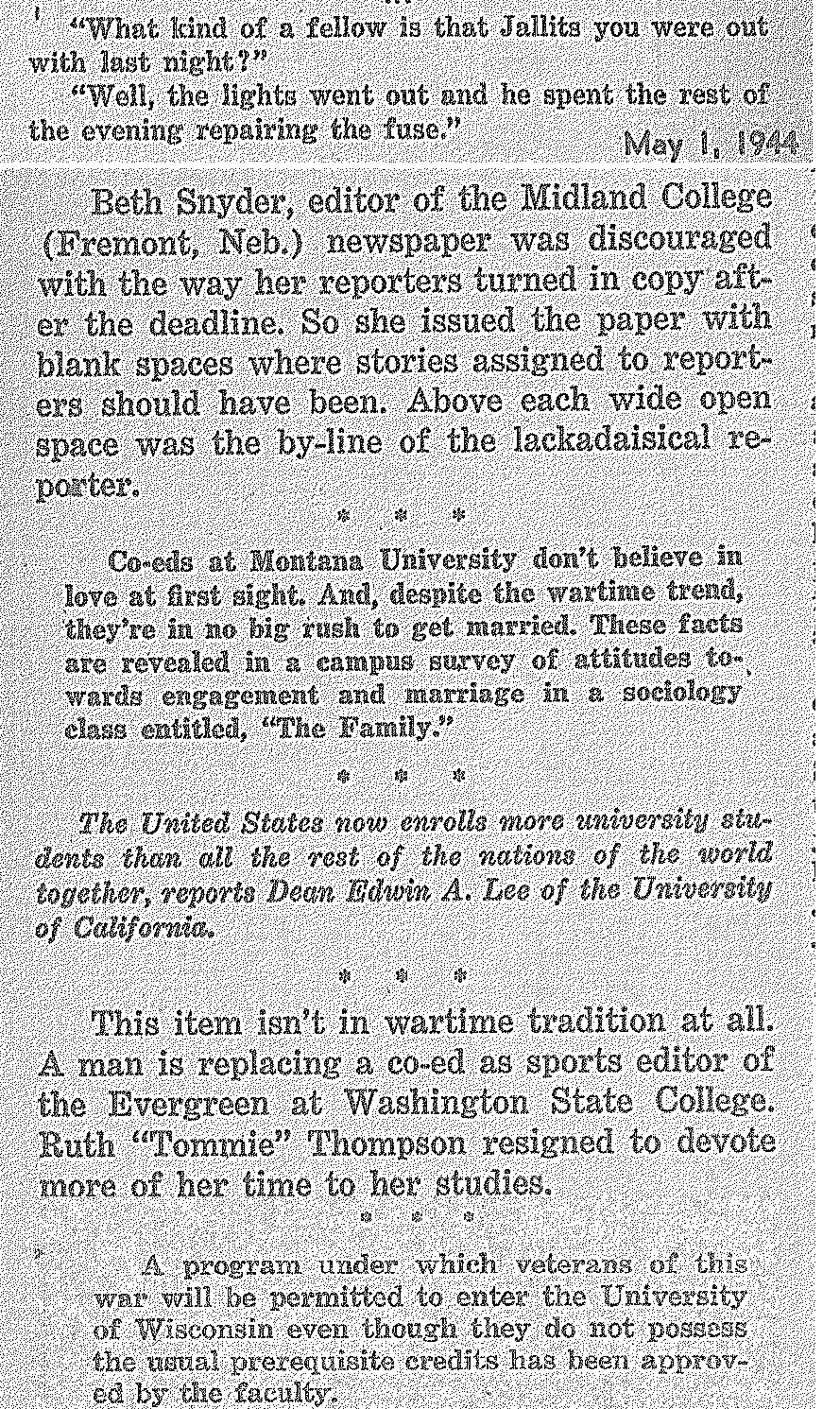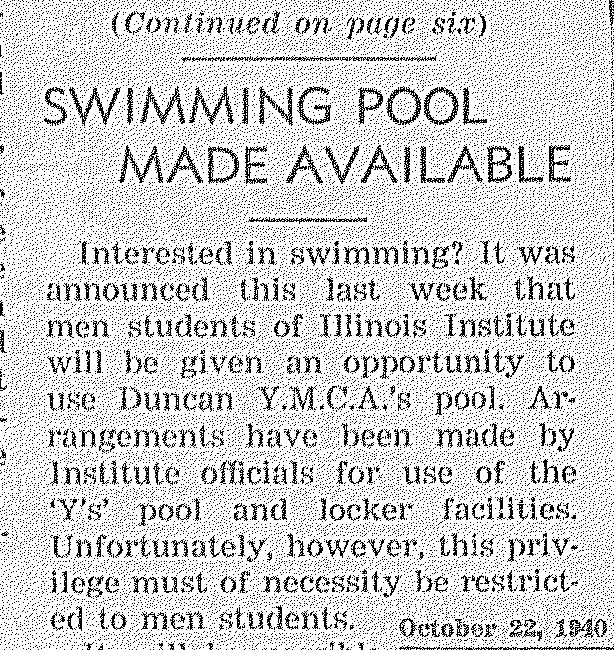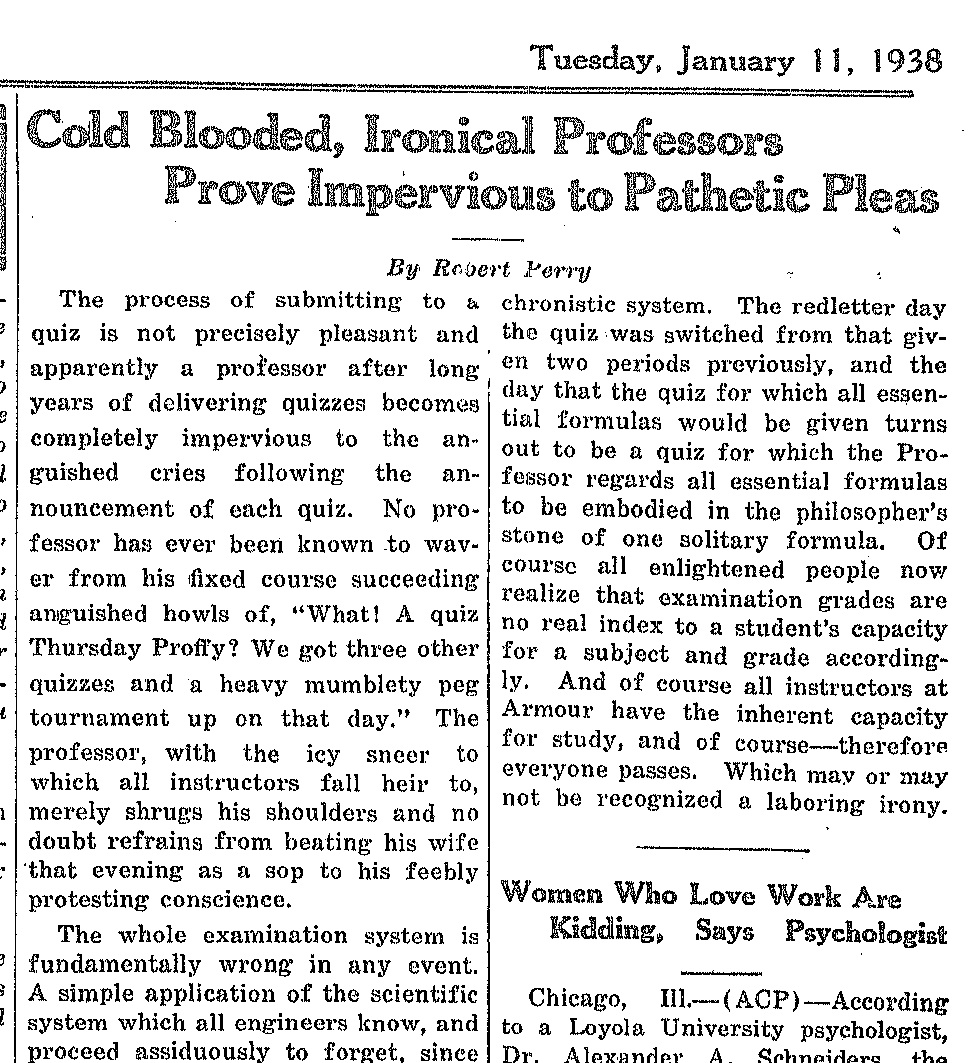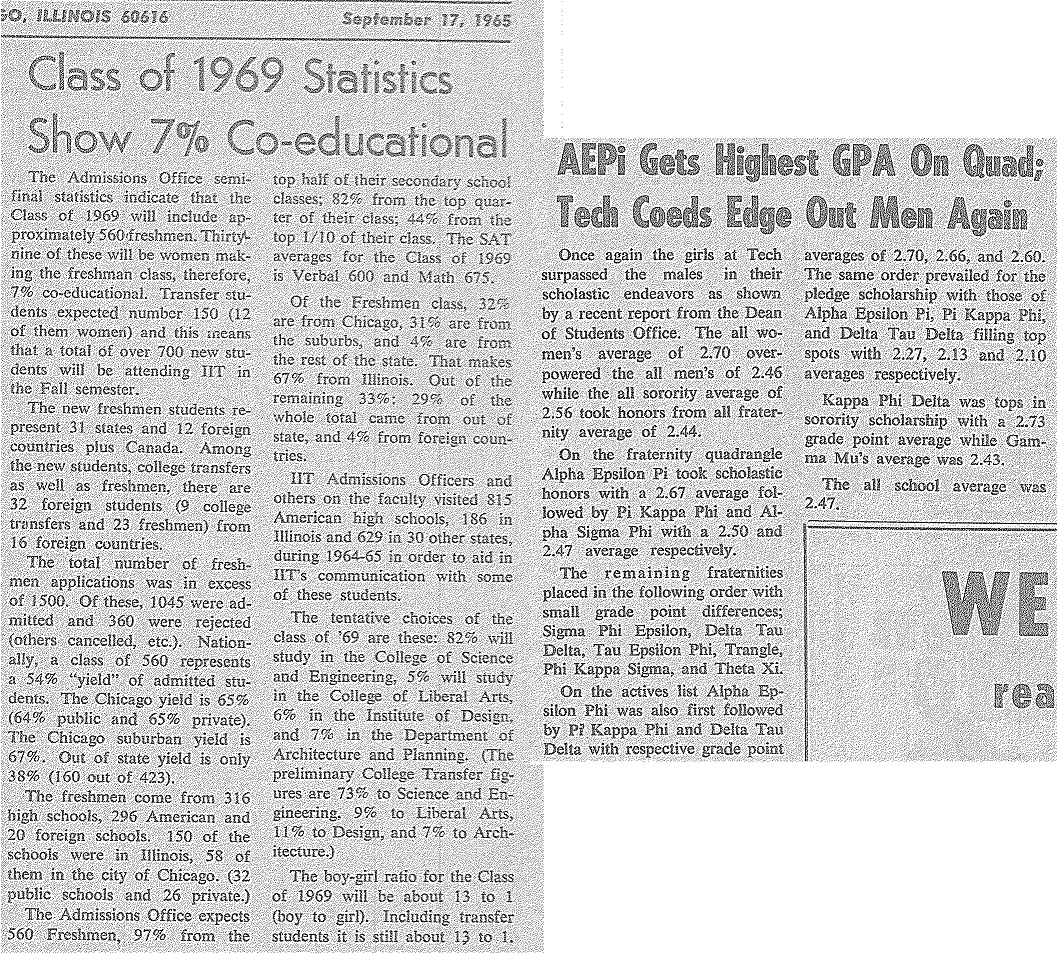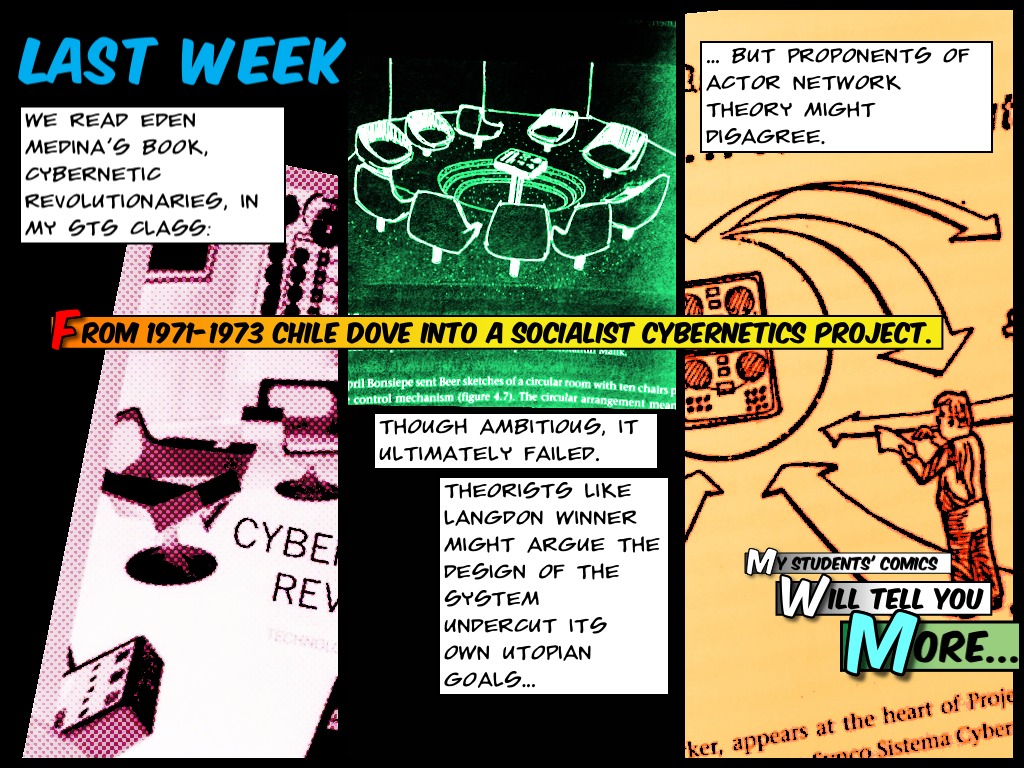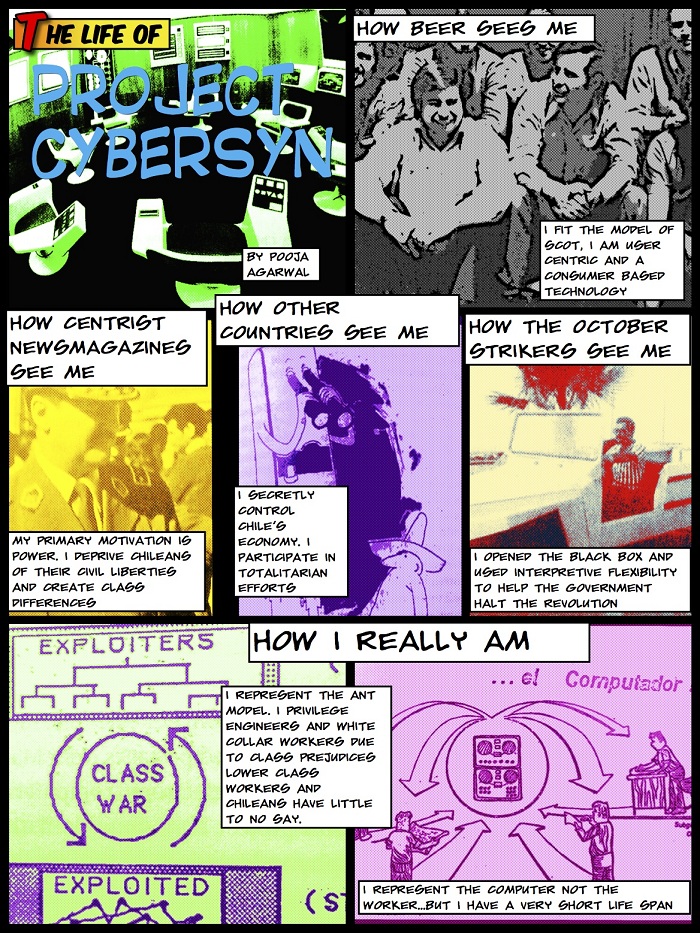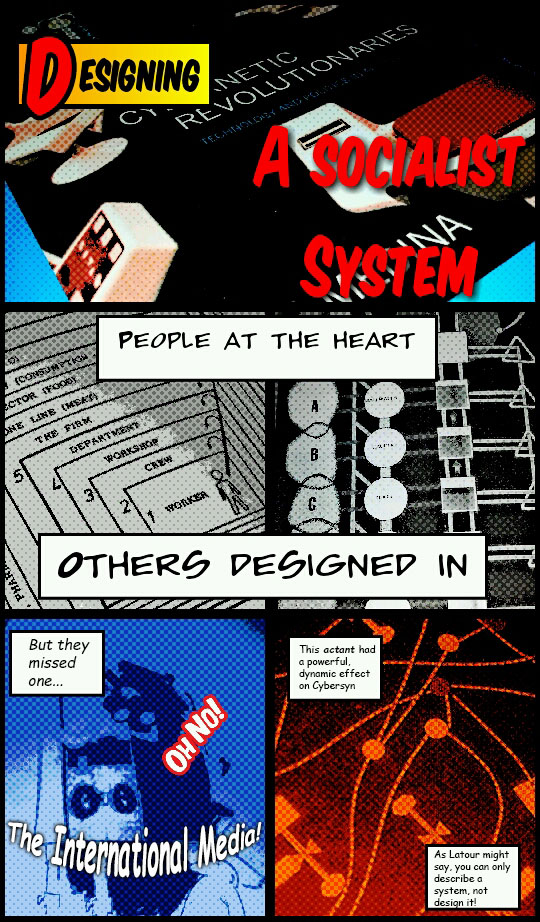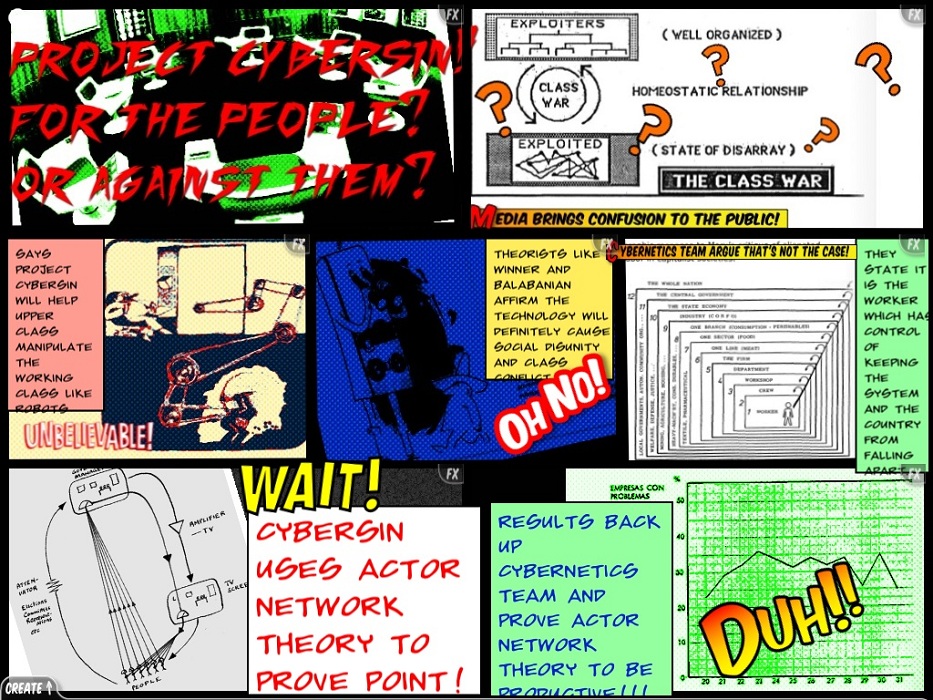Gender and Infrastructure
In my Gender and Technological Change course the students are currently looking at how gender and infrastructure shape each other, and in particular, how technological infrastructure disciplines our thinking, and our bodies, into specific patterns.
The class read a great historical article on the moral, political, and economic wranglings to try to get public bathrooms placed in major U.S. and European cities during the late 19th and early 20th century. The catch? Public bathrooms for women were seen as outside the pale by most men in charge at the time, leaving city women in an uncomfortable situation. Professor Maureen Flanagan, department head here at IIT in the Humanities, shows in “Private Needs, Public Spaces–Public Toilets in the Anglo-Atlantic Patriarchal City: London, Dublin, Toronto and Chicago” that attempts to keep public bathrooms for women out of cities were also attempts to shape women’s behavior into “respectable” patterns–namely to keep women out of public places and to keep their time out and about to a minimum.
We also looked at more recent bathroom projects: particularly ones designed to highlight or make more available genderqueer and trans-friendly bathroom spaces. In this regard, college and university campuses have often led the way, making specific policies to create gender-neutral and genderqueer-friendly bathroom spaces.
On a personal note, I still remember how my undergraduate institution lacked enough women’s bathrooms in many buildings–including the undergraduate library–because women had only been allowed into the main parts of the campus as (almost) equals in the 1970s and 1980s. And even in the 1990s, when I was a college student, genderqueer-friendly bathrooms were barely even acknowledged as an issue by the administration, despite student groups’ protests. 
Here at IIT, we have a multi-layered problem: not only is the discourse on queer issues on campus relatively quiet, the infrastructure of the campus has long been designed to reflect the fact that the majority of IIT’s students and faculty are men. (Currently, women make up roughly 30% of the student population here.)
So our class did an experiment to try to see how these things were reflected in, and also shaped by, the physical infrastructure of the campus. Each class member went to a series of buildings on campus and made notes about the bathrooms, including the gender of the bathroom and accessibility issues. Once their comments have been collected below, we’ll put them up on a campus map using Google maps to create an online resource for the campus.

